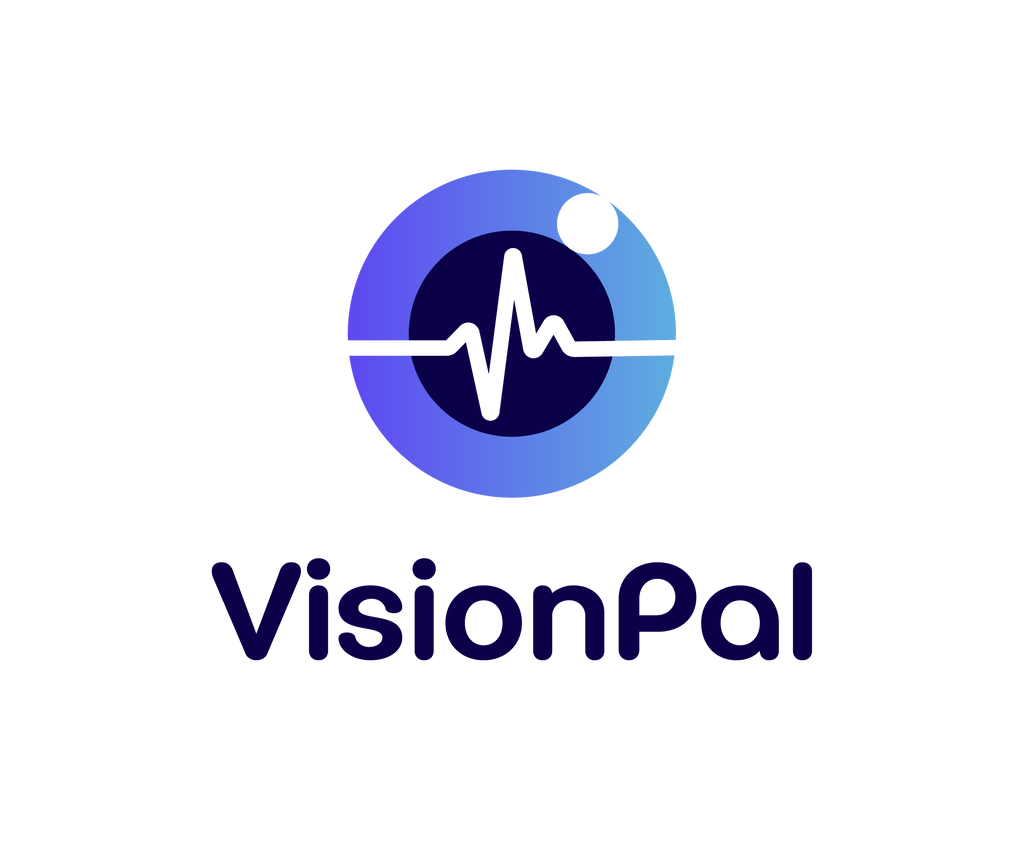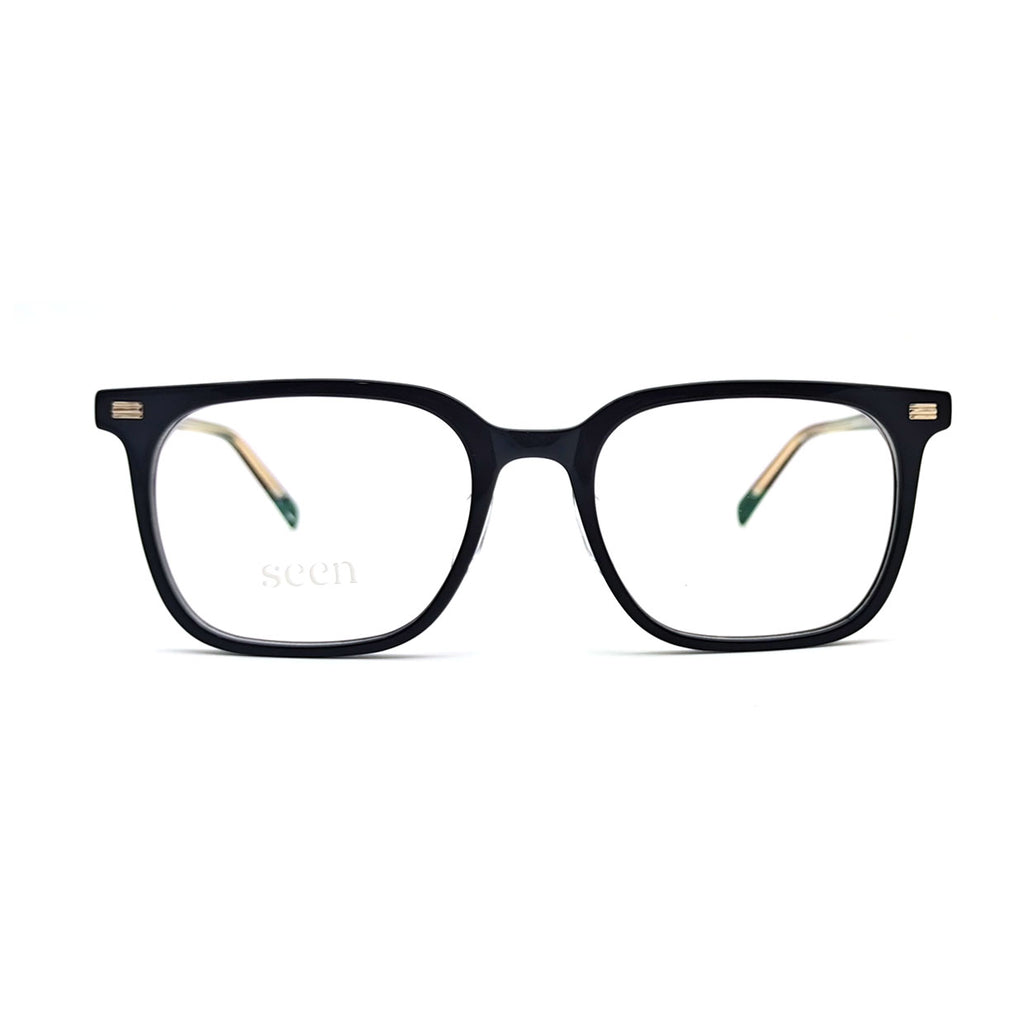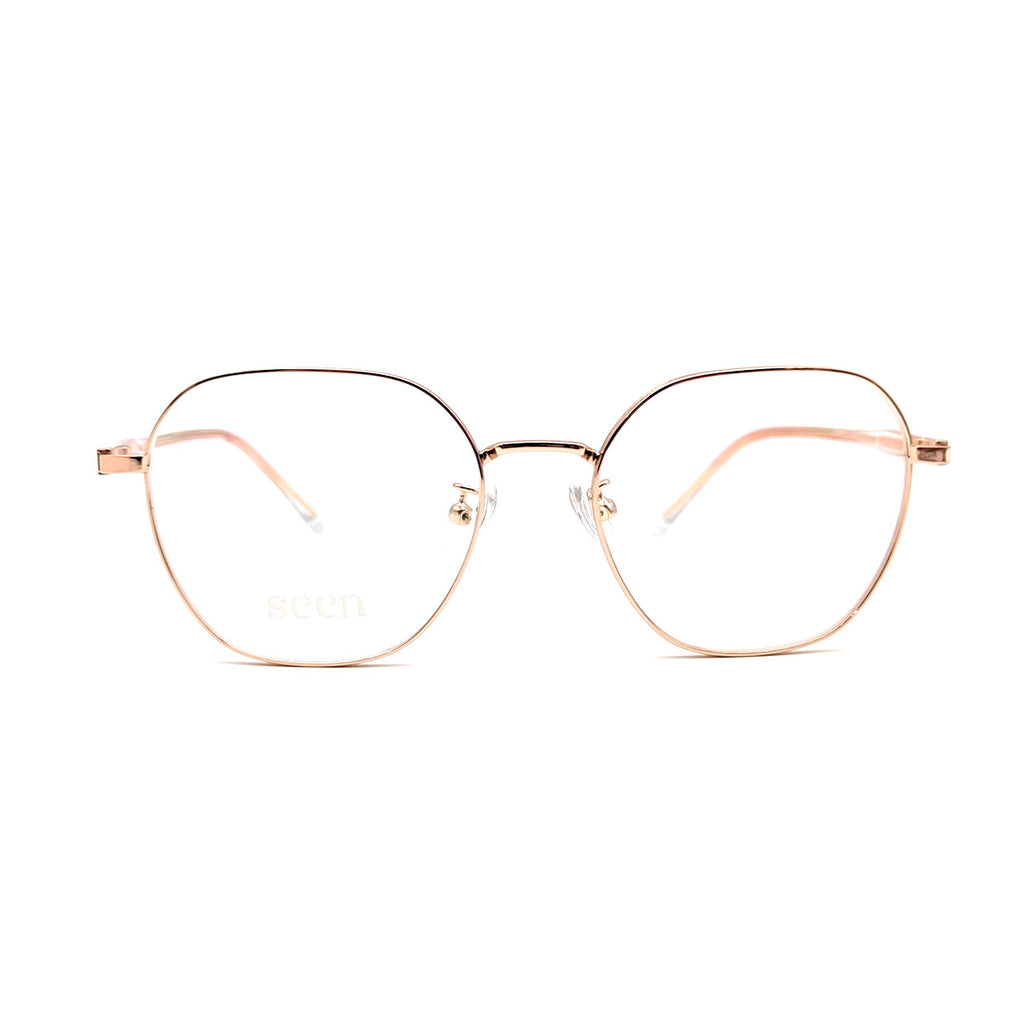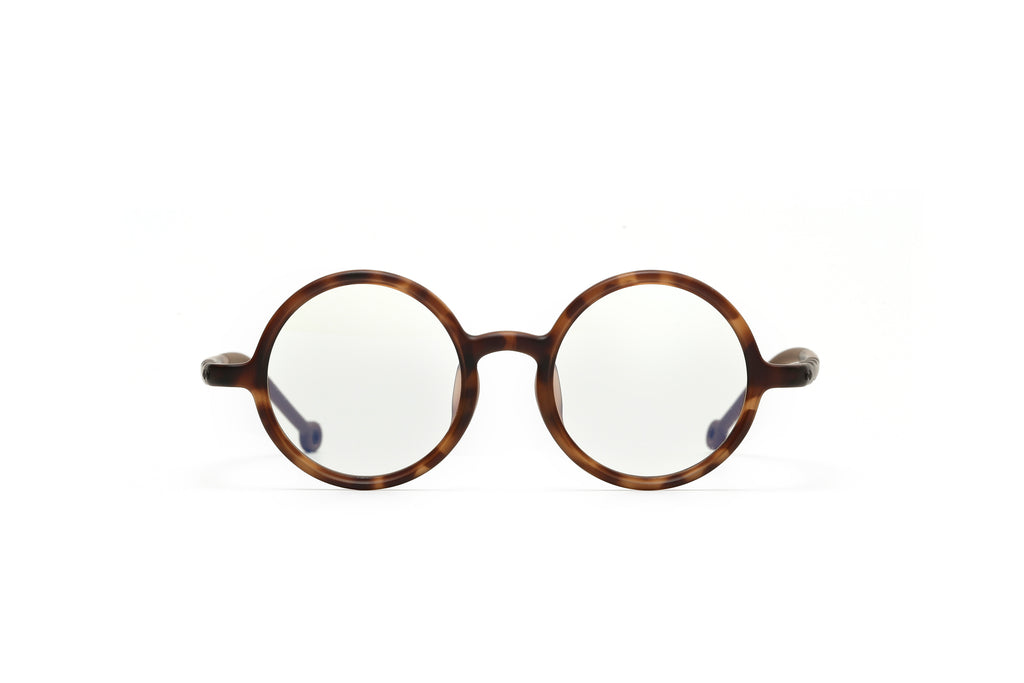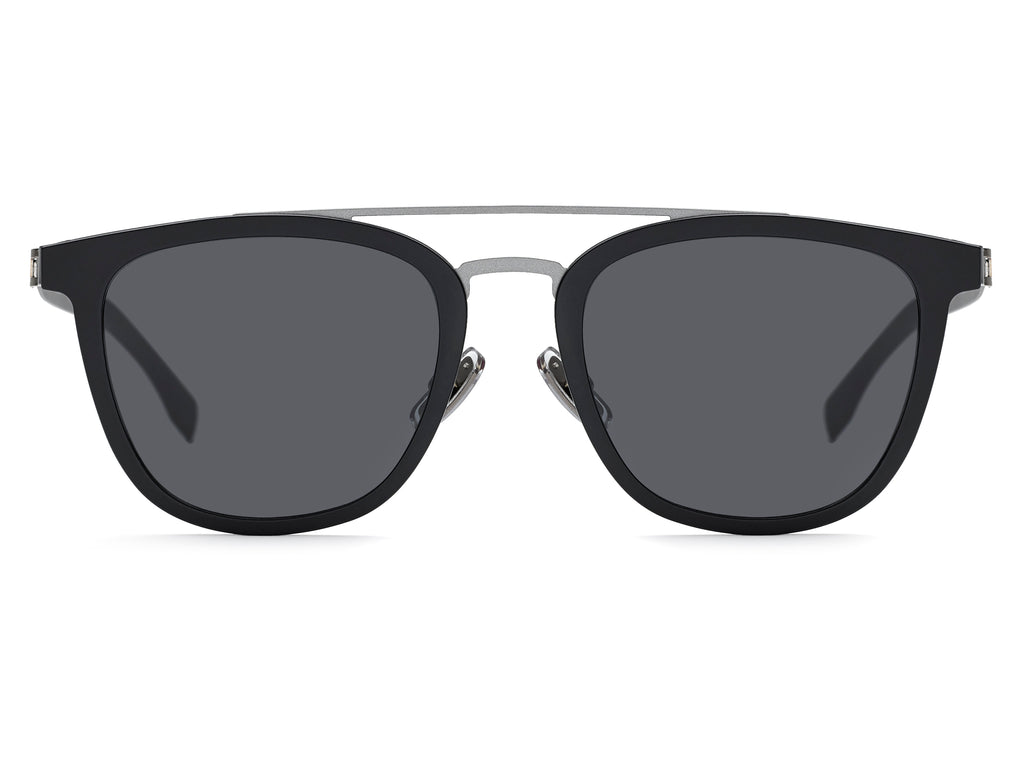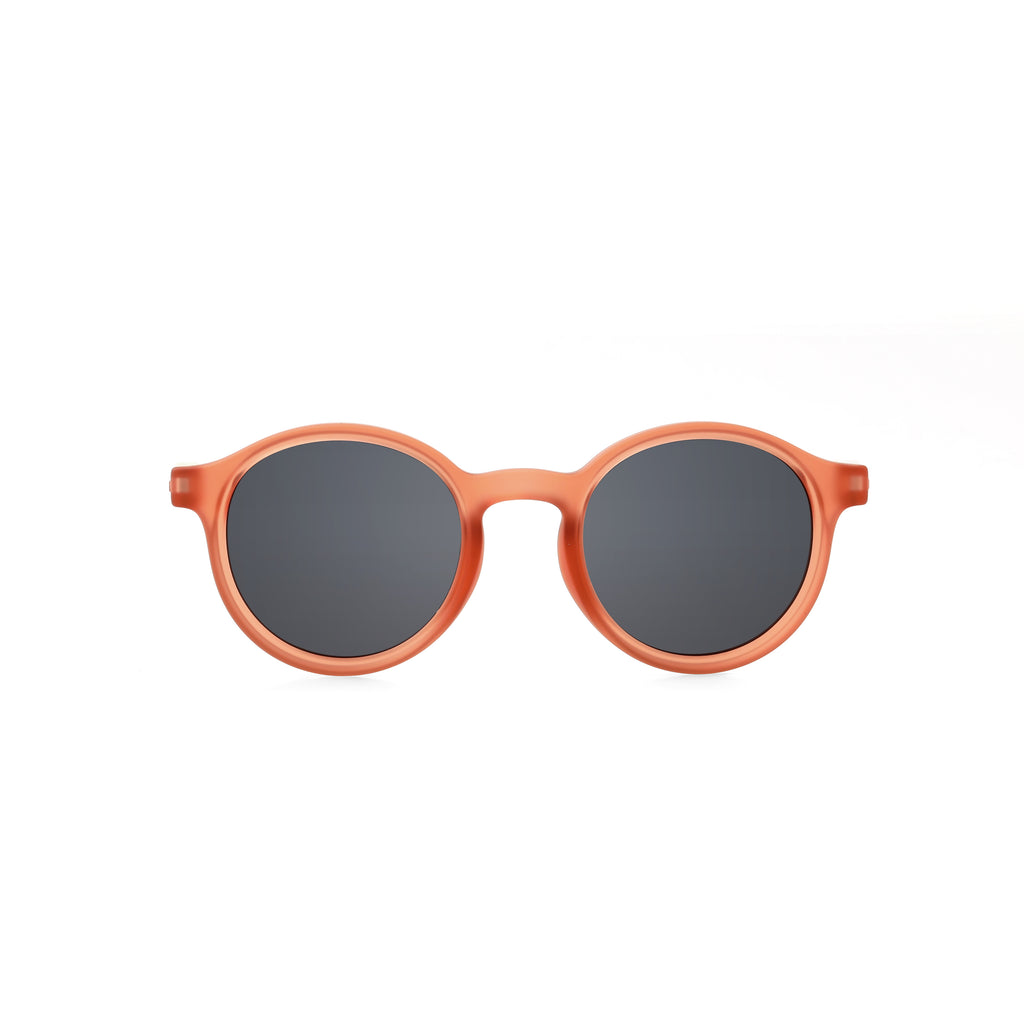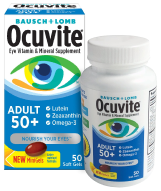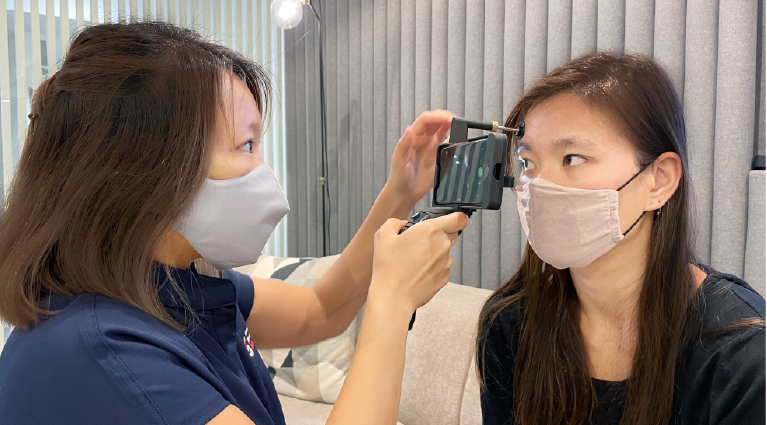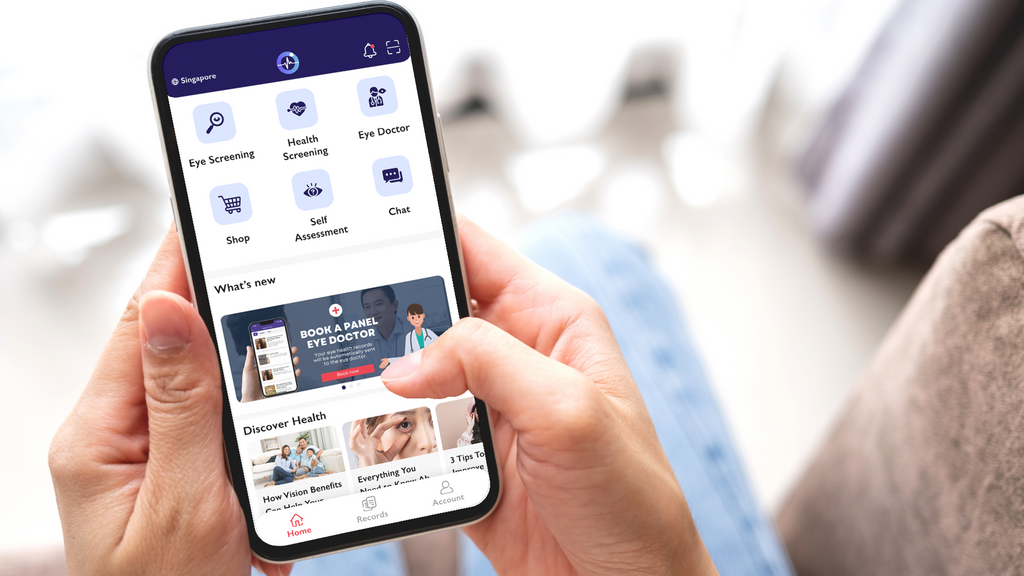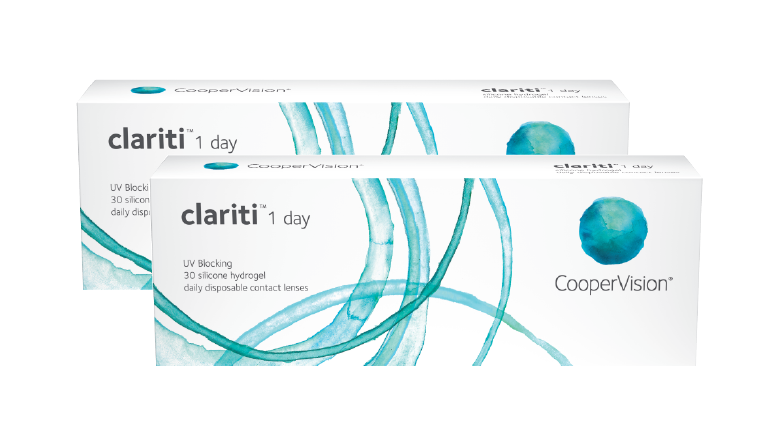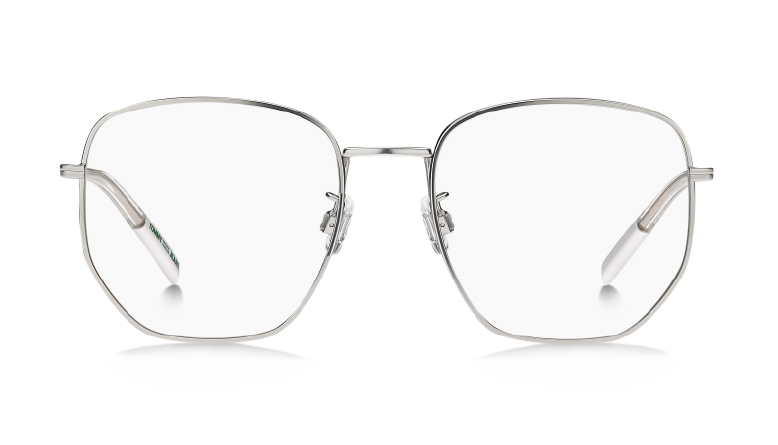
Low Vision and Visual Impairment
Blindness is a spectrum and every person with low vision or visual impairments sees differently. Low vision is a condition that affects millions of people around the world. It can be hard to understand what it is, and how to deal with it.
What is Low Vision?
Low vision refers to sight that isn’t fully correctable with glasses, contact lenses, surgery, or medications. It can be permanent or temporary, and can affect any part of the visual field.

Causes of Low Vision
Low vision can be caused by a variety of factors, including age, genetics, environmental factors, and medical conditions.
Low vision is a condition that affects millions of people worldwide and can be caused by a variety of different factors. The most common cause is age-related macular degeneration, which is the leading cause of vision loss in adults over the age of 55. Other causes include glaucoma, diabetic retinopathy, cataracts, retinitis pigmentosa, and eye injuries. Additionally, certain medical conditions like stroke, brain tumor, or multiple sclerosis can cause vision loss due to damage to the optic nerve. Low vision can also be caused by genetics or birth defects. In some cases, the cause of low vision is unknown.
No matter what the cause, those with low vision may experience blurred or distorted vision, difficulty recognizing colors and shapes, difficulty seeing in dim light, and difficulty focusing on close objects. In some cases, people with low vision may have lost their central vision but still have some peripheral vision left.
How to Cope With Low Vision
Living with low vision can be a challenge, but it doesn't have to be. With the right resources and support, you can learn to make the most of your remaining vision. Low vision rehabilitation programs are designed to help individuals with low vision adjust to their new lifestyle. It's important to understand that LVR is not a cure for low vision, but rather a way for those who are living with it to learn to cope with the changes that come with it. During LVR, professionals will assess your vision and provide guidance to help you adjust and make the most of your remaining sight. They'll develop an individualized program that focuses on teaching you how to use available vision aids, such as magnifiers and electronic aids, as well as techniques on how to maximize use of your remaining sight. They may also provide additional services, such as orientation and mobility training and counseling. With the right resources, support, and dedication, you can learn to adjust to living with low vision and make the most of what you have. Some people may need to use a magnifying glass or a reader to read. Others might use large print or Braille to get information. Low vision can also mean having trouble seeing in bright light or at night.
There are many different ways to deal with low vision, and there is no one right way to live. You will just have to find what works best for you. Having a support system that help you with your journey can make a big difference. Whether you're looking for rehab programs, friends to share your experiences with, or just someone to talk to, there is likely someone out there who can help. Talk to your doctor or other health care professionals about what resources are available in your area and find the support you need to live a fulfilling life with low vision.

Conclusion
Low vision is a condition that affects millions of people around the world. It can be difficult to understand and cope with, but with the right knowledge and support, you can make the most of your remaining vision. With the right resources, people with low vision can gain a greater level of independence, live more fulfilling lives, and accomplish everyday tasks with greater ease.
It's important to visit an eye doctor regularly to receive an accurate diagnosis and a plan for treatment. With proper care and treatment, many people with low vision can improve their sight and lead full lives.
Prevention of Low Vision
The most important step is to get regular eye exams. These exams are essential for monitoring any changes in your vision, and they can help detect problems early on. Additionally, lead a healthy lifestyle. Leading a healthy lifestyle goes beyond diet and exercise.

With Vision Direct Club, we have highly skilled mobile optometrists that can provide comprehensive eye examinations at your preferred location! In addition, you can find your prescription glasses, contact lenses, and lens solution through the mobile eye clinic.
If you are interested in booking your tele-optometry consultation, we are offering complimentary tele-optometry services for the first 20 bookings with our promo code: [ONECALLAWAY]
We make getting your eye care solutions simple; your prescription will be available in your account after the visit with the mobile optometrists through the mobile eye clinic.
In same category
What is Arcus Senilis also know as Cholesterol Rings ? : A Sign of Aging Eyes
From Metal to Wood: Finding the right pair of glasses
Discover the World of Eyewear Materials: The seemingly simple choice of eyewear frames goes beyond mere aesthetics, profoundly influencing our daily lives in terms of...
The Future of Eye Screenings: VisionPal Studio's Approach to Preventive Eye Care
VisionPal is revolutionizing the world of eye care with the launch of its innovative studio on the 9th of March 2024. Offering a unique blend...

